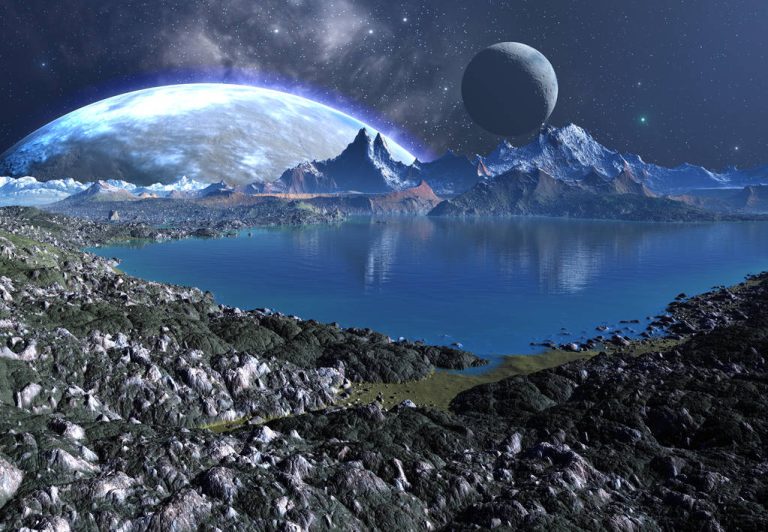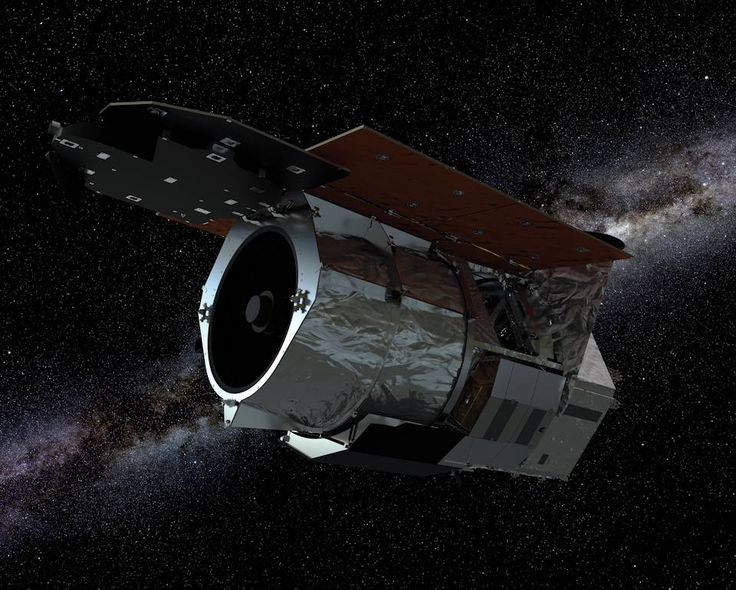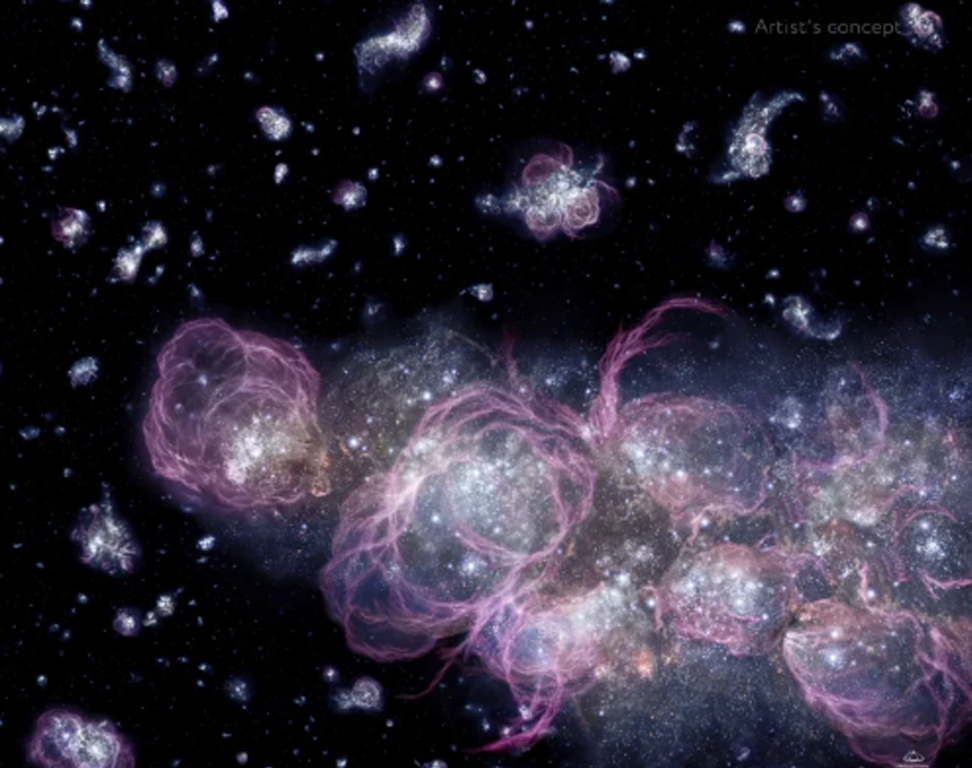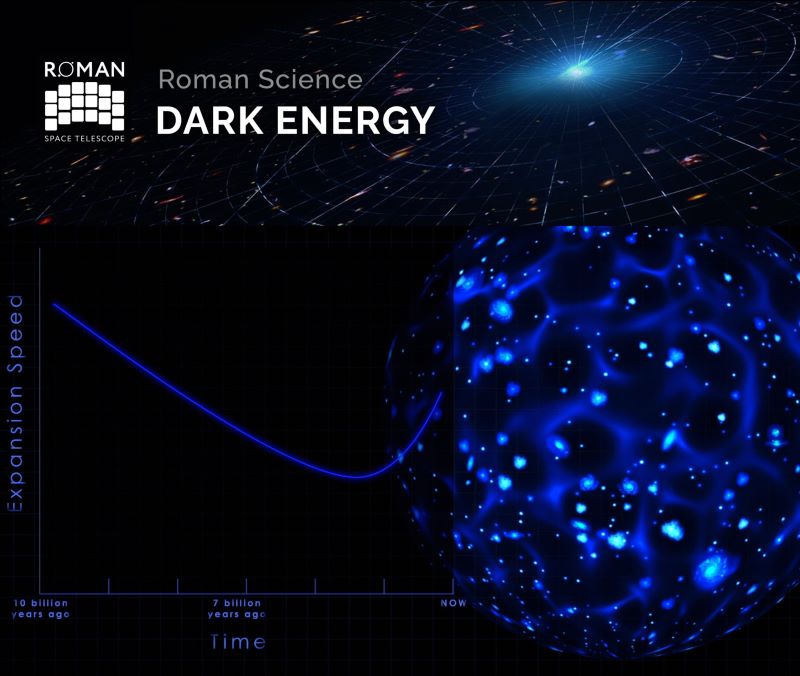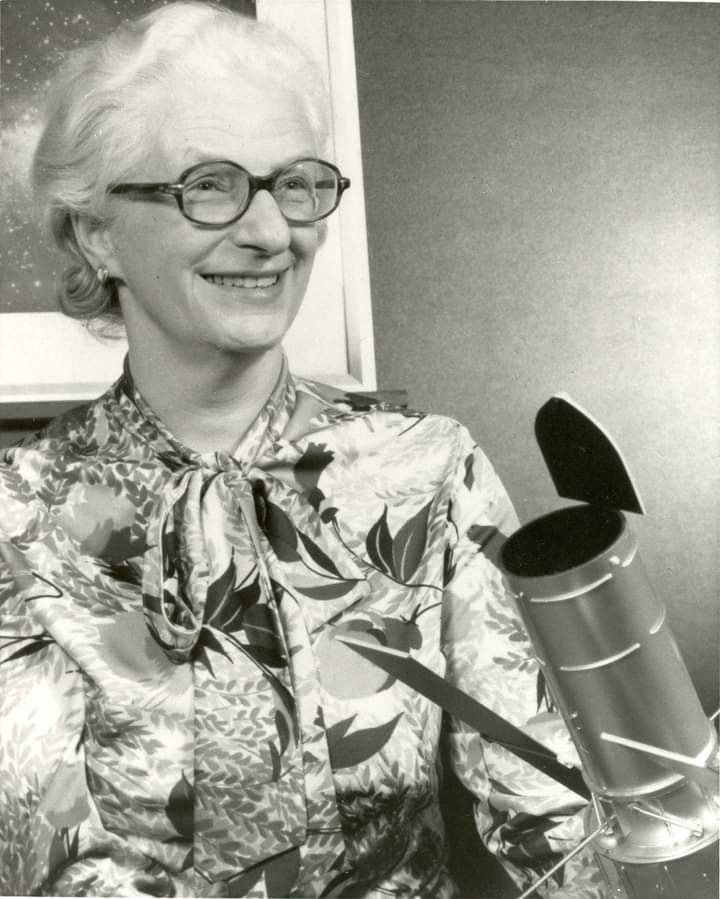How Water Came to Be: Scientists Explain Its Creation 200 Million Years After the Big Bang
The discovery that water existed in the primordial universe, formed by the first supernova explosions, revolutionizes our understanding of cosmic evolution and the early conditions for habitable planets. This breakthrough suggests that the essential ingredients for life appeared far earlier than previously believed, opening new avenues for research into the origins of life and the evolution of galaxies.
Summary
- Early Universe Formation: Water molecules began forming 100 to 200 million years after the Big Bang.
- Role of Supernovae: Population III (Pop III) supernovae and core-collapse supernovae produced the heavy elements necessary for water.
- Primordial Chemistry: The early universe contained mainly hydrogen, helium, and traces of lithium, with oxygen only forming after the first stars exploded.
- Cosmic Dawn: The dense gas regions enriched with water set the stage for the formation of stars and planetary discs.
- Habitable Planets: The concentrated water in these regions implies that habitable planets could have formed much earlier than previously assumed.
- Scientific Collaboration: The research is a collaboration between University of Portsmouth and United Arab Emirates University.
- Supporting Research: The study is published in Nature Astronomy, emphasizing its scientific credibility.
- Wider Implications: The findings also link to other cosmic studies, including investigations into Mars’ ancient water history.
- Related Discoveries: Recent studies, such as Einstein’s Big Bang theory validation, offer additional context for these breakthroughs.
- Interdisciplinary Insights: The research integrates astrophysics, cosmology, and planetary science to shed light on our origins.
- Cosmic Evolution: It provides insights into how the heavy elements necessary for life were synthesized in the early universe.
- Technological Advances: Enhanced simulation techniques have allowed scientists to model water formation in unprecedented detail.
- Future Research Directions: This study paves the way for further exploration of cosmic chemistry and the evolution of galactic structures.
- Scientific Milestone: Establishing the timeline for water’s appearance redefines our understanding of cosmic history.
- Impacts on Astrobiology: These discoveries offer new possibilities for identifying life-supporting conditions across the universe.

Introduction
Water is essential for life, and its existence has long been taken for granted on Earth. However, the origins of water in the universe have puzzled scientists for decades. Recent groundbreaking research indicates that water was present in the cosmos as early as 100 to 200 million years after the Big Bang. This revelation has transformed our perspective on the early universe and the formation of planetary systems. The study, carried out by researchers at the University of Portsmouth and United Arab Emirates University, provides compelling evidence that water was formed through the explosive deaths of the first stars.
Discovery of Primordial Water
In a remarkable collaboration, scientists have simulated the conditions of the early universe and demonstrated that water molecules began to form shortly after the first supernova explosions. These early stellar explosions, particularly the energetic Population III (Pop III) supernovae, were responsible for synthesizing heavy elements such as oxygen. Before these cosmic events, the universe was predominantly a mix of hydrogen, helium, and trace elements like lithium. It was only when these massive stars exploded that the necessary ingredients for water emerged.
The significance of this discovery is immense. The research published in Nature Astronomy suggests that water was not a latecomer in the cosmos but rather a fundamental component of the early universe. This insight challenges previous assumptions that water and, consequently, the potential for life, had to wait for the formation of galaxies and planetary systems billions of years later.
Supernovae and the Formation of Water
The early universe witnessed two primary types of supernovae: core-collapse supernovae and the much more energetic Pop III supernovae. While core-collapse supernovae produce a modest amount of heavy elements, the Pop III supernovae eject tens of solar masses of metals into the surrounding space. These metals, once dispersed, combined with hydrogen to form water in dense gas regions. Researchers have identified that these water-rich clumps likely seeded the formation of stars and planetary discs at cosmic dawn.
Below is a table summarizing the two types of supernovae involved in early water formation:
| Supernova Type | Heavy Element Production | Impact on Water Formation |
|---|---|---|
| Core-Collapse | Modest amount of metals | Contributed to localized water formation in denser regions |
| Population III (Pop III) | Tens of solar masses of metals | Generated extensive water-rich regions across the cosmos |
These supernovae played an essential role in creating the heavy elements required for water. As detailed by Institute of Cosmology and Gravitation at the University of Portsmouth, the explosion of these early stars was a turning point in cosmic history, leading to the enrichment of the interstellar medium with elements like oxygen.
Conditions for Water Formation in the Early Universe
The formation of water was contingent upon several critical conditions in the early universe. The explosion of the first stars provided the necessary shock waves and energy to initiate chemical reactions in the primordial gas clouds. These reactions resulted in the formation of water molecules in highly concentrated regions, known as cloud cores, which later became the nurseries for new stars and planets.
The following table provides a timeline of key events that led to the formation of water in the early universe:
| Timeline | Event | Impact on Water Formation |
|---|---|---|
| Shortly after the Big Bang | Formation of simple nuclei: hydrogen, helium, lithium | No water present due to the absence of oxygen |
| 100-200 million years later | First Pop III supernovae occur | Oxygen is produced, which reacts with hydrogen to form water |
| Cosmic Dawn | Formation of dense gas clouds (cloud cores) | Water molecules concentrate in these regions, paving the way for planetary formation |
These events mark a significant period in cosmic evolution where the building blocks for life began to assemble. The process of water formation is a crucial piece in the cosmic puzzle, linking stellar evolution with the eventual emergence of habitable worlds.
Implications for Habitable Planets and Life
The early presence of water in the universe implies that the conditions necessary for life could have been established much earlier than scientists previously thought. The water-rich regions identified by researchers not only set the stage for star and planet formation but also created the potential for developing environments conducive to life. This discovery has significant implications for the search for extraterrestrial life, as it expands the timeline and regions where life-supporting conditions might exist.
Studies like Mars Has Been Red for Millions of Years Longer Than We Thought and New Research Suggests Mars Was Once a Water World Fit for Life further support the idea that water has played a pivotal role in shaping planetary environments. These insights encourage scientists to reexamine other celestial bodies, such as Mars, in the context of water’s primordial influence.
In addition, the study draws connections with broader cosmic research, such as Einstein’s Big Bang theory validation, reinforcing the notion that our universe is far more interconnected than once imagined. The existence of water at such an early stage supports models that describe the rapid synthesis of essential elements, setting the groundwork for the complexity observed in later cosmic structures.
The revelation that water was formed so early in the universe’s history opens exciting new directions for future research. Scientists are now eager to further explore the chemical processes that led to the formation of water and to investigate other heavy elements produced by the first stars. These studies could provide deeper insights into the conditions that fostered the birth of stars, planets, and possibly life itself.
As research continues, enhanced simulation techniques and observational data will be crucial in refining our understanding of the early universe. The collaboration between institutions like the University of Portsmouth and United Arab Emirates University exemplifies the power of interdisciplinary studies in unlocking the mysteries of our cosmic origins.
This study not only redefines our timeline for water formation but also underscores the remarkable resilience and interconnectedness of the universe. From the fiery deaths of ancient stars to the emergence of life-sustaining molecules, the cosmos continues to surprise and inspire us with its intricate beauty and complexity.
Facts
- Water is the universal solvent: It plays a critical role in chemical reactions, both on Earth and in space.
- Cosmic water: Some regions in space have water vapor concentrations comparable to those found in planetary atmospheres.
- Supernova remnants: The remains of exploded stars continue to shape the chemistry of the universe.
- Ancient planets: The early formation of water suggests that planets with the potential for life might be much older than previously assumed.
- Water on Mars: Evidence supports that Mars once had abundant water, altering our understanding of its past climate.
- Unexpected sources: Some organisms on Earth have evolved to thrive in extreme water conditions, hinting at life’s adaptability.
References
- Woman Allergic to Water Uses Spreadsheet to Track Over 40 Allergies
- Mars Has Been Red for Millions of Years Longer Than We Thought
- University of Portsmouth
- Einstein’s Big Bang Theory May Have Been Proven
- Nature Astronomy
- Institute of Cosmology and Gravitation, University of Portsmouth
- New Research Suggests Mars Was Once a Water World Fit for Life
- University of Portsmouth
- United Arab Emirates University
- News

